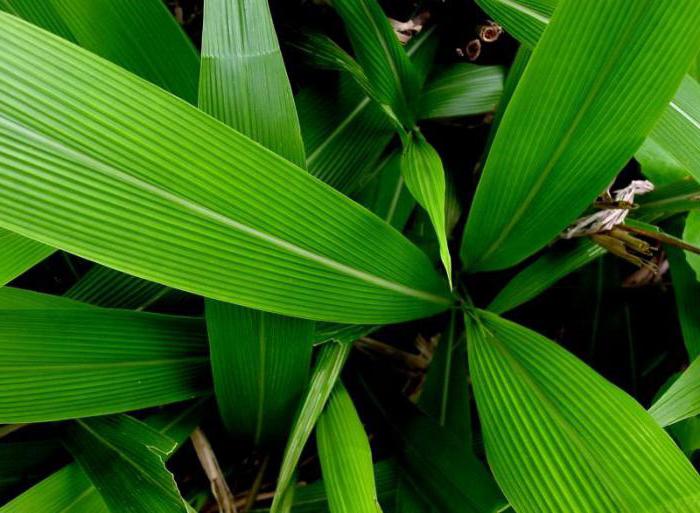Parallel leaf venation is quite common in nature and is an important sign of plant classification. For what organisms is it characteristic and what are its features, we will consider in our article today.
What is venation
Leaf - the most important organ of the plant, performing vital functions. First of all, this is the implementation of the process of transpiration and photosynthesis. The substances that are formed in this case move along a special sheet system. It is a combination of elements of a conductive tissue or, more simply, veins. They can be located in a different order. The nature of their location is called venation.
Types of venation
There are three main types of venation. It is mesh, arc and parallel. Moreover, in nature there is a clear relationship between the shape of the leaf blade and the nature of the arrangement of the veins. Consider this dependence on the example of several common plants. For example, palmate maple leaves have reticular venation, in which the main vascular-fibrous bundle is clearly distinguished. Veins of the second and third orders depart from it. The same arrangement is typical for cherries, peaches, rosehips, soybeans, beans, potatoes, tomatoes, cabbage and many other dicotyledonous plants. The leaves of a linear form have a different structure of the conductive system. If the main vein is not distinguished, and the neighboring veins depart from the base of the sheet from one point by arcs, and then join at its top, then this is an example of the second type. It is characteristic, for example, for lily of the valley and plantain. Parallel venation is also found in linear leaves.

Parallel leaf venation
Already from the name it is clear that the veins in such leaves are parallel to each other. They pass from the edge of the plate along it. Parallel venation is a characteristic feature of monocotyledonous plants. These include many members of the cereal, onion, and lilac families . The edge of their leaf blades is not dissected, but is absolutely flat, which makes it possible to parallelize the veins.
Plants with parallel venation
In addition to parallel venation for monocotyledonous plants , the presence of an embryo from one cotyledon, a fibrous root system, the absence of cambium in the stem tissue, and vaginal leaves are characteristic. Among the representatives of this systematic unit, herbs are most often found, less often - shrubs.
Of particular economic importance among them are cereal, or bluegrass plants. Corn, wheat, rye, barley, rice - all known crops. Wheat grass, bluegrass, timothy grass, bonfire are typical steppe plants that are perfectly adapted to the conditions of cold, snowless winters and hot, dry summers. Among cereals there are many valuable feed crops.
In lily, which are valuable ornamental and melliferous plants, representatives with parallel venation also occur. They have an important underground modification of the shoot - the bulb. Using it, these plants vegetatively propagate and tolerate dry and frosty periods.
Onions are also widespread in nature. Most often they grow in meadows and forest glades. Due to the presence of bulbs, they are also able to exist in the conditions of steppes, savannahs and deserts.
So, parallel venation is characteristic for representatives of the class monocotyledonous. This type of arrangement of the conductive elements of the sheet is represented by vascular-fibrous bundles that are located along the plate of linear leaves.